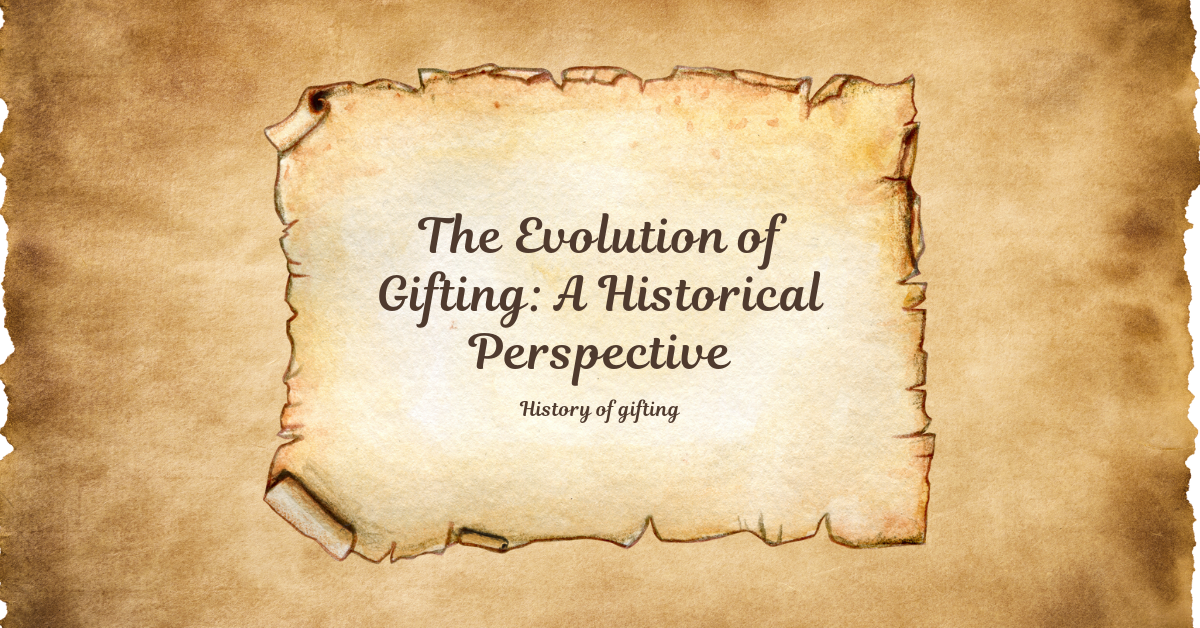Imagine yourself standing at a bustling marketplace, surrounded by a myriad of goods from distant lands. The Silk Road, a network of ancient trade routes spanning thousands of miles, played a pivotal role in shaping civilizations.
Through the exchange of goods, ideas, and gifts, diverse cultures thrived and prospered. From the trade of silk and spices to the spread of philosophical teachings, the Silk Road left an indelible mark on history.
Join us on a journey as we explore how this extraordinary trade route shaped the world as we know it.
Ancient Origins
In your exploration of the ancient origins of the Silk Road, you’ll discover the profound influence of trade and gift exchange on the development of civilizations. The Silk Road, a vast network of trade routes connecting East and West, holds immense historical significance. It served as a conduit for the exchange of goods, ideas, and cultures between different regions, fostering economic growth and cultural diversity.
The establishment of trade routes along the Silk Road was a pivotal moment in human history. These routes allowed for the transportation of valuable commodities such as silk, spices, and precious metals. The trade of these goods not only enriched the economies of the regions involved but also stimulated technological advancements. For example, the demand for silk led to the development of sericulture, the production of silk, in China, which became a highly sought-after luxury item worldwide.
Furthermore, the Silk Road facilitated the exchange of knowledge and ideas, shaping the development of civilizations. Along the trade routes, merchants encountered diverse cultures, languages, and religious beliefs. This cross-cultural interaction encouraged the spread of ideas, artistic techniques, and scientific discoveries, contributing to the intellectual and cultural development of societies.
Cultural Exchange
You can experience a rich cultural exchange along the Silk Road, where diverse traditions and customs converge. This ancient network of trade routes facilitated not only the exchange of goods, but also the interchange of ideas, beliefs, and practices. Intercultural communication was a key aspect of the Silk Road, as merchants, travelers, and diplomats from different civilizations interacted and shared their knowledge and experiences.
The Silk Road served as a conduit for cross-cultural influence, allowing for the spread and assimilation of various cultural elements. For example, Buddhism, which originated in India, spread to Central Asia and China through the Silk Road. As Buddhist monks traveled along these routes, they not only carried their teachings but also absorbed and incorporated local customs and beliefs, resulting in the development of unique Buddhist traditions in different regions.
Similarly, the Silk Road facilitated the exchange of artistic styles, technologies, and philosophies. Chinese silk, for instance, became highly sought after in the West, leading to the establishment of silk production centers in regions such as Byzantium. This cross-cultural exchange also influenced the development of architectural styles, as seen in the incorporation of Persian and Indian influences in Chinese and Central Asian buildings.
Economic Impact
The economic impact of the Silk Road was significant, as it facilitated the flourishing of trade and the growth of economies along its routes. The establishment of trade routes allowed for the exchange of goods, ideas, and technologies, leading to economic growth for the civilizations involved.
The Silk Road connected various regions such as China, India, Persia, and Rome, creating a vast network of trade that spanned thousands of miles.
One of the main drivers of economic growth along the Silk Road was the demand for luxury goods such as silk, spices, and precious metals. These goods were highly sought after by wealthy individuals and ruling elites, leading to increased trade and economic activity. Additionally, the Silk Road allowed for the exchange of agricultural products, textiles, and other goods that were essential for everyday life.
The trade routes of the Silk Road also facilitated the spread of new ideas and technologies. For example, the introduction of papermaking from China to the West revolutionized the way information was recorded and disseminated. This innovation had a profound impact on the growth of knowledge and learning in Europe.
Spread of Ideas
Regularly exchanged along the Silk Road weren’t just goods, but also ideas that shaped the civilizations involved. The spread of ideas along this vast network of trade routes had a significant impact on the artistic influence and intellectual exchange between different cultures.
Artistic influence was one of the key outcomes of the spread of ideas along the Silk Road. As merchants and travelers moved from one region to another, they carried with them not only goods but also artistic styles, techniques, and motifs. This resulted in a rich cross-pollination of artistic traditions, leading to the creation of new and hybrid art forms. For example, the influence of Greek art can be seen in the Buddhist sculptures of Gandhara, while Persian motifs can be found in Chinese ceramics.
Intellectual exchange was another important aspect of the spread of ideas along the Silk Road. As travelers from different cultures interacted with each other, they exchanged not only goods but also knowledge and ideas. This led to the dissemination of scientific, philosophical, and religious knowledge across vast distances. For instance, the spread of Buddhism from India to China was facilitated by the Silk Road, resulting in the fusion of Buddhist and Confucian ideas.
Legacy and Influence
As the Silk Road continued to shape civilizations, its legacy and influence can be observed in various aspects of cultural, economic, and social development.
The intergenerational impact of the Silk Road is evident in the widespread cultural diffusion that occurred along its route. The exchange of goods and ideas between different regions fostered a rich cross-pollination of cultures, leading to the emergence of new artistic styles, architectural designs, and religious practices.
One notable example of cultural diffusion through the Silk Road is the spread of Buddhism from India to East Asia. Buddhist monks and traders traveled along the Silk Road, spreading their teachings and establishing monasteries in various cities. As a result, Buddhism became a major religion in China, Japan, Korea, and other parts of East Asia. The influence of Buddhism can still be seen today in the numerous Buddhist temples and sculptures that dot the landscape of these countries.
The economic impact of the Silk Road is also significant. The trade routes facilitated the exchange of goods such as silk, spices, and precious metals, which fueled economic growth and prosperity in the regions connected by the Silk Road. This economic interdependence led to the establishment of trading cities and the growth of merchant classes, laying the foundation for the development of global trade networks in the centuries that followed.
In addition to its cultural and economic influence, the Silk Road also had a profound social impact. The exchange of goods and ideas fostered greater intercultural understanding and tolerance among different communities. People from diverse backgrounds came into contact with one another, leading to the exchange of knowledge, traditions, and customs. This intercultural dialogue helped shape a more interconnected and multicultural world, laying the groundwork for future globalization.
Conclusion
So there you have it, folks. The Silk Road, that ancient network of trade routes, wasn’t just about buying and selling goods. It was about cultural exchange, economic impact, and the spread of ideas.
From China to Rome, this road paved the way for civilizations to connect and thrive. So next time you’re sipping on some tea or wearing a luxurious silk robe, remember that it all started with the Silk Road. It truly shaped our world in ways we can’t even imagine.


